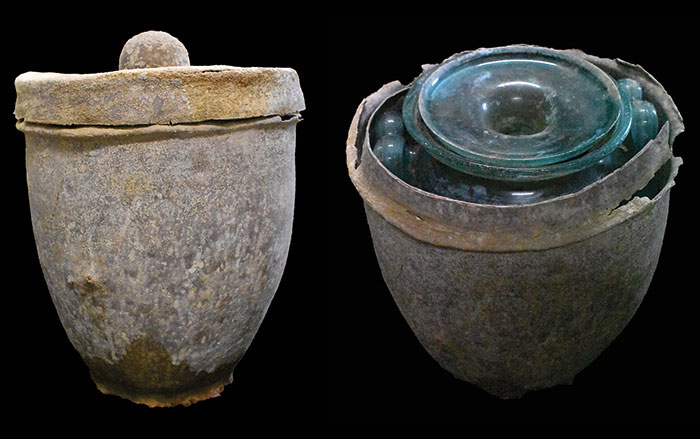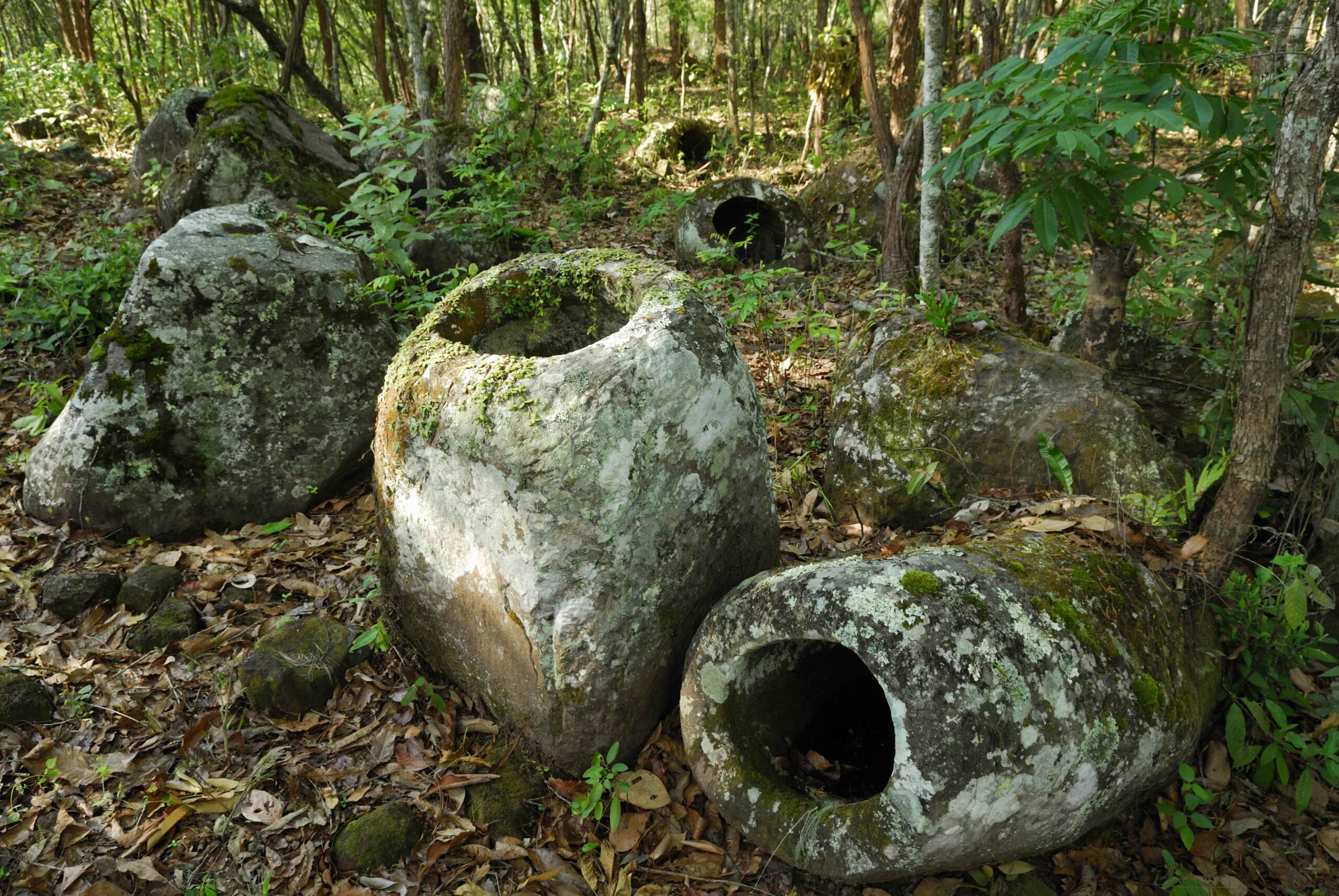VALENCIA, SPAIN—Ars Technica reports that evidence of cannibalism has been found in a cave near Spain’s southeastern coast. Anthropologist Juan V. Morales-Pérez of the University of Valencia and his colleagues found some thirty human bones in the cave, including pieces of three skulls, buried in the cave with the bones of ibex, deer, boar, fox, and rabbit. All of the 10,000-year-old bones had butchery marks, and had been burned, and some of them had human gnaw marks. The researchers think the “anthropophagic practices” may reflect the occasional scarcity of other food products, since the human bones appear to have been lightly cooked, butchered, and thrown in a pile with other animal bones. But it is possible that the perceived cannibalism had been part of a ritual, perhaps to honor the dead, and that the remains were given a ceremonial burial. All of the bones could have been washed to the back of the cave over a period of thousands of years. For more, go to “Colonial Cannibalism.”
Possible Mesolithic Cannibalism Detected in Spain
News March 22, 2017
Recommended Articles
Artifacts March/April 2024
Mesolithic Baskets

Digs & Discoveries September/October 2024
A Nightcap for the Ages

Features March/April 2024
Freedom Fort
In eighteenth-century Spanish Florida, a militia composed of formerly enslaved Africans fought for their liberty


-
Features January/February 2017
Top 10 Discoveries of 2016
ARCHAEOLOGY’s editors reveal the year’s most compelling finds
-
Features January/February 2017
Hoards of the Vikings
Evidence of trade, diplomacy, and vast wealth on an unassuming island in the Baltic Sea
 (Gabriel Hildebrand/The Royal Coin Cabinet, Sweden)
(Gabriel Hildebrand/The Royal Coin Cabinet, Sweden) -
Features January/February 2017
Fire in the Fens
A short-lived settlement provides an unparalleled view of Bronze Age life in eastern England
 (Andrew Testa/New York Times/Redux)
(Andrew Testa/New York Times/Redux) -
Letter from Laos January/February 2017
A Singular Landscape
New technology is enabling archaeologists to explore a vast but little-studied mortuary complex in war-damaged Laos
 (Jerry Redfern)
(Jerry Redfern)


